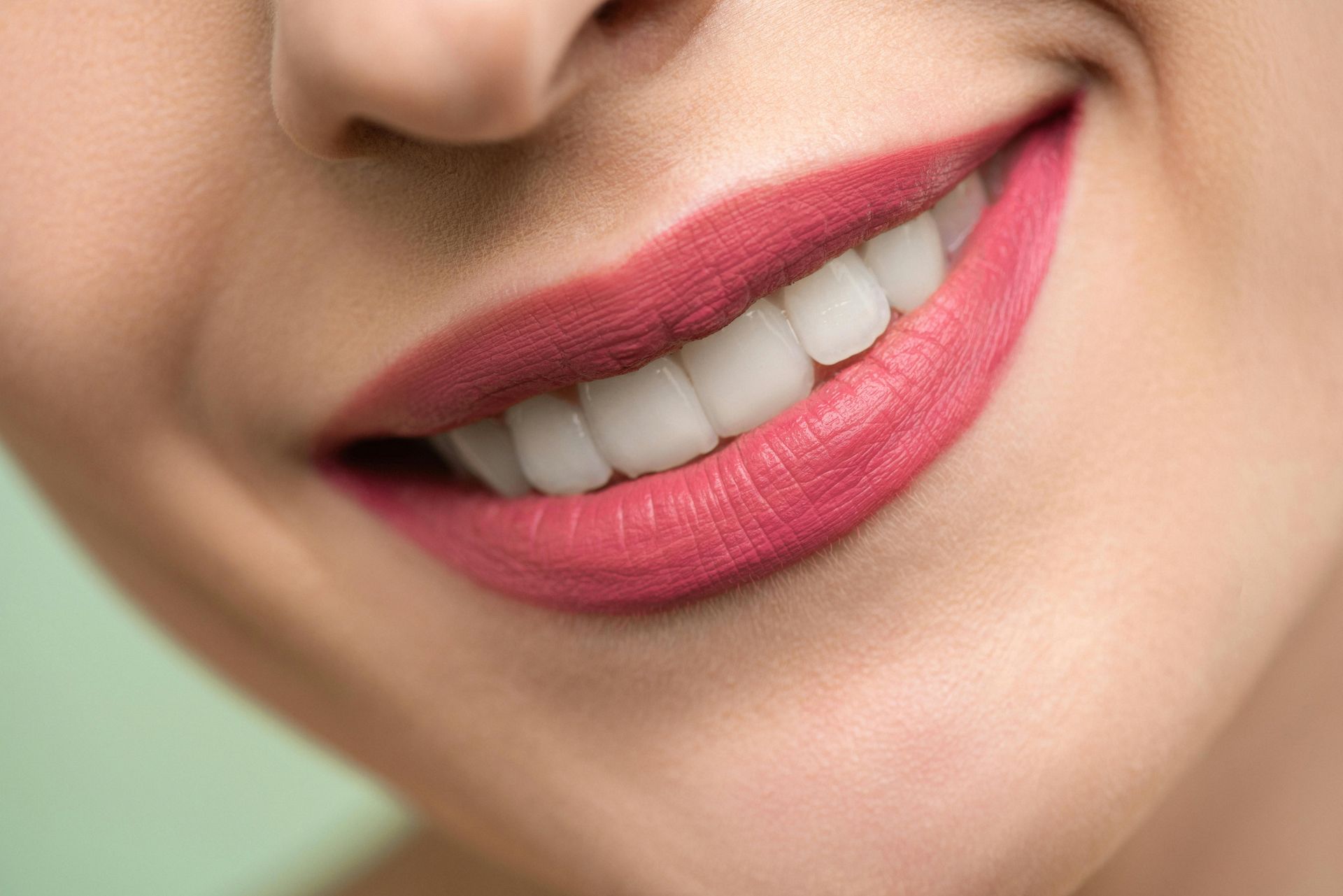10 Things You Need To Know Before Getting A Teeth Alignment Procedure
Considering getting your teeth aligned often raises questions, as it’s not something most people have experienced before. Misaligned teeth are prevalent; research shows that 56% of people worldwide experience some form of malocclusion. With so many people dealing with the same issue, it’s normal to wonder what the procedure involves, whether it will be uncomfortable, or how it might affect your appearance or speech. Having these questions upfront is a healthy part of preparing for treatment.
What is Teeth Alignment and Why Do You Need It?
Teeth alignment is the process of moving teeth into a straighter and more balanced position. When teeth are correctly aligned, they work together more effectively for chewing, speaking, and maintaining a comfortable bite. This type of treatment also helps reduce strain on the jaw, making it easier to maintain good oral health.
Misaligned teeth, or malocclusion, can develop for many reasons. Some of the most common include genetics, certain childhood habits such as prolonged pacifier use, losing baby teeth earlier than normal, or when there isn’t enough space in the jaw to fit all the teeth properly. Over time, these problems can affect more than just appearance, as significant misalignment may place uneven pressure on the jaw and sometimes contribute to facial asymmetry.
Teeth alignment treatment is designed for individuals seeking to enhance the fit of their teeth, aiming for improved comfort, enhanced function, or a more even smile. For many, it is a step toward healthier long-term oral care as well as improved confidence.
Pros and Cons of Clear Aligners vs. Braces
Clear aligners and braces are both used to improve tooth position and fix bite problems, yet they achieve results in different ways and influence daily routines differently. Many patients focus on the benefits of aligners, such as their appearance and flexibility, while others value the reliability of braces.
| Factors | Clear Aligners (e.g., Invisalign) | Traditional Braces |
|---|---|---|
| Appearance | PROS: Clear aligners are nearly invisible. They are made from thin, transparent trays that fit tightly over the teeth, making them virtually invisible in photos, conversations, or professional settings. CONS: If trays are not cleaned daily, they can discolor or appear cloudy, which makes them more noticeable. | PROS: Ceramic braces are made with materials that blend with the natural shade of teeth, so they do not stand out as much as metal braces. CONS: Metal and ceramic brackets are attached to the front of teeth, making them visible when smiling or speaking. |
| Removability | PROS: Aligners can be removed for eating, cleaning, or flossing. Because of this, there are no limits on food choices, and daily oral care can be done just like it usually would. CONS: Since they must be worn 20–22 hours a day to stay effective, patients need strong discipline. Forgetting to wear them or leaving them out too long can slow progress or extend treatment time. | PROS: Braces stay fixed in place, so they are always working and don’t depend on patient compliance. CONS: Braces cannot be removed until treatment is complete; patients must avoid foods like popcorn, nuts, and sticky candy that may damage them. |
| Comfort | PROS: The trays are smooth and do not have sharp edges, so they are less likely to cause cuts or irritation inside the cheeks and lips. CONS: When switching to a new tray, patients often experience temporary discomfort or pressure for a few days. This adjustment can cause mild soreness or even headaches as the teeth begin to shift. | PROS: Braces are highly effective for correcting severe or complex cases, where precise control of tooth movement is required. CONS: Brackets and wires may press against the inner cheeks and lips, potentially creating areas of irritation. Tightening appointments can also leave the teeth and jaw tender for a few days, sometimes causing headaches. |
| Speech | PROS: Most patients adjust quickly, and any initial lisp caused by trays usually fades after a few days. CONS: The trays cover all tooth surfaces, so some patients may experience temporary changes in their ability to pronounce certain sounds. | PROS: Braces rarely interfere with speech long term. CONS: Some patients may require a short adjustment period to become accustomed to the feel of the brackets against their lips and tongue. |
| Treatment Control | PROS: Clear aligner systems, such as Invisalign, utilize digital scans and planning software to map out the entire treatment. CONS: Aligners are best for mild to moderate cases. For more complex bite problems, treatment may take longer or require the use of braces. | PROS: Braces can correct a wide range of issues, including severe crowding, rotated teeth, and complicated bite misalignments. CONS: Since adjustments are made manually at each appointment, progress relies on visits and adjustments rather than digital planning. |
Both Invisalign and traditional braces provide effective results. The primary difference lies in how they integrate into your lifestyle. Aligners are discreet and flexible, but they require strict discipline. In contrast, braces are always reliable, although they may be less convenient in terms of appearance, comfort, and food choices.
Best Invisible Teeth Aligners and Invisible Braces
Comfort, appearance, and convenience are key reasons why more people are considering various types of aligners and braces, rather than relying solely on traditional metal options. These modern treatments are designed to straighten teeth effectively while fitting more smoothly into daily routines. Below are the most common options patients choose today.
Invisalign
Invisalign is one of the most recognized clear aligner systems. It works through a set of personalized plastic trays that slowly shift the teeth into improved alignment. Each tray is created from a 3D digital scan of the mouth, allowing every stage of movement to be carefully mapped out.
In many cases, treatment spans from half a year to two years with trays changed every one to two weeks. To stay on track, they should be worn 20–22 hours per day.
Pros:
- Nearly invisible and blends in with natural teeth.
- Removable for meals, brushing, and flossing, allowing for unrestricted eating.
- A smooth surface reduces irritation compared to braces.
- Treatment is digitally mapped, which provides better predictability of results.
Cons:
- Requires discipline to wear trays as directed.
- New trays may cause mild soreness or headaches for a few days.
- The cost can be higher than other aligner systems, depending on the case.
Lingual Braces
Lingual braces function in a similar way to regular braces, but they are attached to the inner surface of the teeth, next to the tongue. Because of their position, they cannot be seen from the front.
Pros:
- Hidden completely from view.
- Effective for mild to complex cases.
- Always working since they are fixed in place.
Cons:
- Can affect speech at first since brackets are near the tongue.
- Cleaning is harder compared to aligners or front-facing braces.
- Less comfortable in the beginning.
Understanding these choices is the first step toward aligned teeth. But knowing the types of aligners available is only part of the decision. Before starting treatment, there are 10 essential things to consider that can affect your comfort, lifestyle, and results.
10 Things To Consider Before a Teeth Alignment Procedure
Before starting the alignment or straightening of the teeth, it’s essential to know what the process involves and how it may affect your daily routine. Clear aligners can deliver fantastic results, but success depends on understanding what to expect and preparing for each step. Here are ten key points to keep in mind:
1. Alignment Type & Treatment Duration
Treatment length depends on how much correction is needed. Simple cases may take 6–12 months, while more complex cases can last up to 24 months.
2. Daily Wear Time Requirements
Clear aligners must be worn 20–22 hours a day to work correctly. Skipping time in the trays can slow or even reverse progress.
3. Cost & Insurance Coverage
The cost of aligners varies depending on the case, usually ranging from $3,000 to $7,000. Some insurance plans may cover part of the expense, but not all do.
4. Follow-Up Appointments or Monitoring
Even with aligners, regular check-ins are necessary to ensure teeth are moving as planned. Some providers offer in-office visits, while others use virtual monitoring.
5. Temporary Discomfort or Pressure
Teeth alignment is not usually painful, but mild soreness or pressure is common when switching to a new set of trays. This is a typical sign that teeth are moving.
6. Impact on Speech (Initially)
Wearing aligners may cause a slight lisp at first. Most people adjust within a few days and speak normally once they get used to them.
7. Oral Hygiene Requirements
Since trays cover your teeth, it’s important to brush and floss after every meal. This prevents food and bacteria from being trapped under the aligners.
8. Diet Restrictions (if any)
You can eat most foods with aligners since they are removed during meals. The main rule is to avoid eating or drinking anything but water while wearing them.
9. Possible Side Effects (e.g., headaches, facial changes)
Some patients notice mild headaches or jaw pressure during treatment. In rare cases, untreated misalignment can affect facial balance, which is why professional monitoring is important.
10. Long-Term Retainers After Treatment
After alignment, retainers are needed to keep teeth in place. Without them, teeth can slowly shift back toward their original positions.
Common Questions About Teeth Alignment
Even after learning about treatment options and what to expect, many patients still have a few questions. Here are some of the most common concerns about teeth alignment.
1. Can teeth alignment cause headaches?
Yes, mild headaches can happen when teeth first start shifting or when trays are changed. This is usually temporary and a normal part of the adjustment period.
2. Can teeth alignment cause facial asymmetry?
No. In fact, correcting misaligned teeth can help reduce uneven pressure on the jaw, which may improve facial balance over time.
3. Can teeth alignment affect speech?
Yes, but only at the beginning. Clear aligners can cause a slight lisp for a few days, while braces may take some getting used to. Most people adapt quickly.
4. How painful is teeth alignment?
Teeth alignment is not usually painful, but it can cause mild pressure or soreness, especially when trays are changed. This is a normal sign that teeth are moving.
5. What causes bad teeth alignment?
Common causes include genetics, early loss of baby teeth, habits like thumb-sucking or pacifier use, and crowding when the jaw is too small for all the teeth.
6. How does Invisalign work?
Invisalign uses a series of custom clear trays that gradually shift teeth into better positions. Each tray is worn for about 1–2 weeks, applying gentle pressure until the final alignment is reached.
7. If I already had braces before, do I still need this?
Sometimes teeth can shift back after braces, especially if retainers were not worn. Clear aligners are often used to correct these small movements without needing full braces again.
8. Which age is best for teeth alignment?
Teeth can be aligned at almost any age, but the most common time is during the teen years when the jaw is still developing. Many adults also choose aligners later in life for both health and cosmetic reasons.
Final Thoughts
Teeth alignment improves the appearance of your smile, while also supporting better oral health and comfort. Modern options like clear aligners make treatment more flexible and discreet while still being highly effective. The key is knowing what to expect and working with a professional who can guide your care safely.
If you’re considering treatment, booking a consultation is the best first step. At
Austin Elite Smiles, we can review your case and recommend the option that fits your needs.














